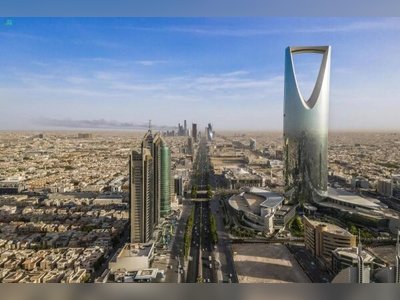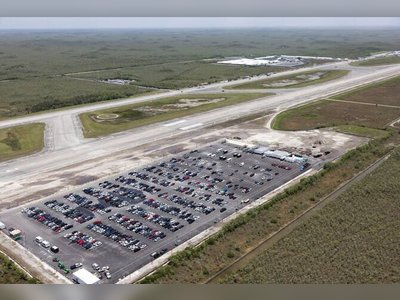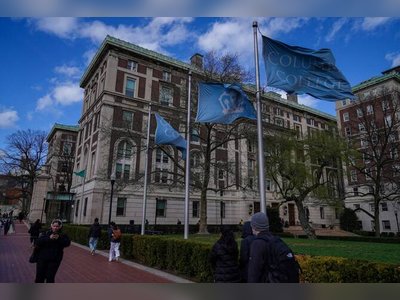
Saudi Arabia Restores Over 170 Hectares of Mangrove Forests in Major Reforestation Projects
The Kingdom steps up commitment to ecological sustainability with successful large-scale reforestation projects.
RIYADH — The National Center for Vegetation Cover Development and Combating Desertification has completed three major mangrove reforestation projects across Saudi Arabia, achieving a success rate of over 90 percent.
These initiatives coincide with the International Day for the Conservation of the Mangrove Ecosystem and underscore the Kingdom's growing dedication to ecological sustainability.The reforestation efforts focused on restoring over 170 hectares of degraded coastal forests using native Avicennia marina seedlings, meticulously adapted to local environmental conditions.
The project's design took into account tidal movements and water currents to ensure optimal growth.One significant project was conducted in Umluj, Tabuk Region, where nearly 50 hectares of mangrove forests were restored.
This restoration led to improvements in soil quality, water purity, an increase in biodiversity, and enhanced shoreline protection against erosion and storm damage.
The reintroduction of various fish and bird species has highlighted the critical role of these forests as natural carbon sinks, contributing to Saudi Arabia's efforts in climate change mitigation.The selection of project sites was based on comprehensive environmental assessments, development needs, and ecological suitability.
Field teams conducted extensive surveys to evaluate soil characteristics, salinity levels, and other factors necessary for successful cultivation of the mangroves.To mark the International Day for the Conservation of the Mangrove Ecosystem, the center introduced a visual identity campaign that emphasizes the dual role of mangroves in conserving both the environment and supporting local economies.
This initiative reflects Saudi Arabia's commitment to preserving its natural resources while fostering sustainable development.
These initiatives coincide with the International Day for the Conservation of the Mangrove Ecosystem and underscore the Kingdom's growing dedication to ecological sustainability.The reforestation efforts focused on restoring over 170 hectares of degraded coastal forests using native Avicennia marina seedlings, meticulously adapted to local environmental conditions.
The project's design took into account tidal movements and water currents to ensure optimal growth.One significant project was conducted in Umluj, Tabuk Region, where nearly 50 hectares of mangrove forests were restored.
This restoration led to improvements in soil quality, water purity, an increase in biodiversity, and enhanced shoreline protection against erosion and storm damage.
The reintroduction of various fish and bird species has highlighted the critical role of these forests as natural carbon sinks, contributing to Saudi Arabia's efforts in climate change mitigation.The selection of project sites was based on comprehensive environmental assessments, development needs, and ecological suitability.
Field teams conducted extensive surveys to evaluate soil characteristics, salinity levels, and other factors necessary for successful cultivation of the mangroves.To mark the International Day for the Conservation of the Mangrove Ecosystem, the center introduced a visual identity campaign that emphasizes the dual role of mangroves in conserving both the environment and supporting local economies.
This initiative reflects Saudi Arabia's commitment to preserving its natural resources while fostering sustainable development.










